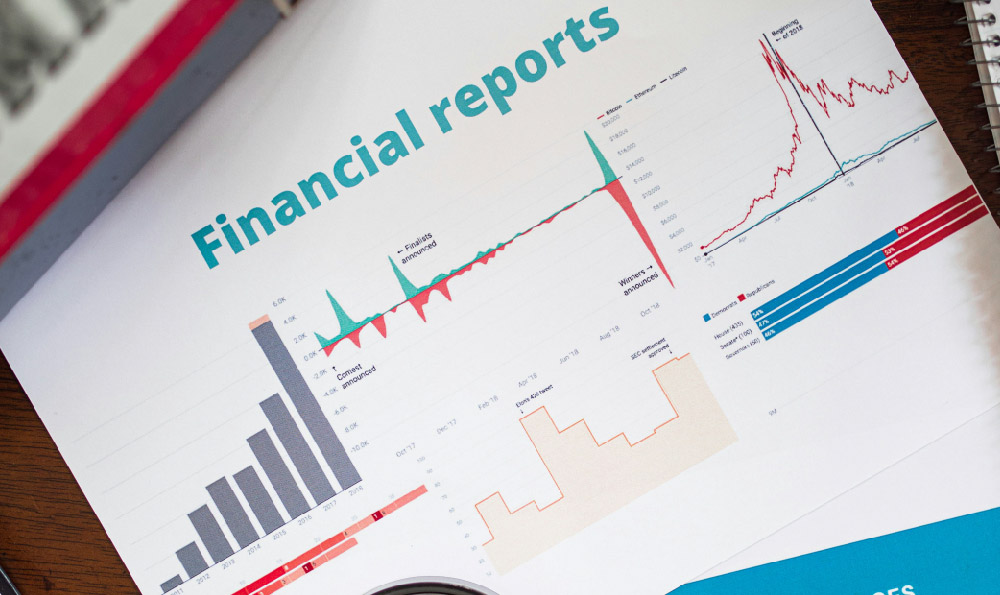Investing $100,000 is a significant milestone that requires careful planning and a well-thought-out strategy. It's not just about putting your money somewhere; it's about understanding your financial goals, risk tolerance, and the available investment options to create a portfolio that works for you. The journey towards building wealth begins with a solid foundation, and this involves several key steps.
Before diving into specific investments, take a moment to assess your current financial situation. This includes understanding your income, expenses, debts, and assets. Creating a budget can help you identify areas where you can save more money and free up additional funds for investment. Understanding your net worth provides a clear picture of your financial standing and helps you track your progress over time.
Perhaps the most important step is to define your financial goals. What are you hoping to achieve with this $100,000 investment? Are you saving for retirement, a down payment on a house, your children's education, or simply aiming to grow your wealth? Clearly defining your goals will help you determine the appropriate time horizon for your investments. For example, if you're saving for retirement in 30 years, you can afford to take on more risk than if you need the money in five years. Similarly, establish your risk tolerance. Are you comfortable with the possibility of losing some of your investment in exchange for potentially higher returns? Or do you prefer a more conservative approach that prioritizes capital preservation? Your risk tolerance will significantly influence the types of investments you choose. Consider factors such as your age, financial situation, and personal comfort level with market volatility.

With your goals and risk tolerance defined, you can now explore the various investment options available. The stock market is a popular choice for long-term growth. You can invest in individual stocks, but this requires research and analysis to identify promising companies. A less risky approach is to invest in stock market index funds or exchange-traded funds (ETFs), which offer diversification across a broad range of companies. These funds track a specific market index, such as the S&P 500, and provide exposure to the overall market. Bonds are generally considered less risky than stocks. They represent loans that you make to governments or corporations, and they pay a fixed interest rate. Bonds can provide a stable source of income and help to balance out the volatility of your stock investments. Government bonds are considered very safe, while corporate bonds offer higher yields but also carry more risk.
Real estate can be a lucrative investment, but it also requires significant capital and management. You can invest in physical properties, such as residential or commercial buildings, or you can invest in real estate investment trusts (REITs), which are companies that own and operate income-producing real estate. Real estate can provide rental income and potential appreciation in value, but it also comes with responsibilities such as property maintenance and tenant management. Alternative investments include commodities, precious metals, and cryptocurrencies. These investments can offer diversification and potential for high returns, but they also carry significant risk. Commodities, such as oil and gold, can be volatile and are often influenced by global events. Cryptocurrencies, such as Bitcoin, are highly speculative and can experience extreme price fluctuations. It's important to thoroughly research and understand these investments before allocating a portion of your portfolio to them.
Diversification is a key principle of investing. It involves spreading your investments across different asset classes, industries, and geographic regions to reduce risk. By diversifying, you're not putting all your eggs in one basket, and if one investment performs poorly, the others can help to offset the losses. A well-diversified portfolio typically includes a mix of stocks, bonds, real estate, and potentially some alternative investments, depending on your risk tolerance and financial goals.
Consider the tax implications of your investments. Different types of investments are taxed differently, and understanding these tax implications can help you minimize your tax liability. For example, investments held in tax-advantaged accounts, such as 401(k)s and IRAs, can grow tax-deferred or tax-free. Additionally, consider opening a brokerage account. These accounts allow you to buy and sell a wide range of investments, and they offer various features and tools to help you manage your portfolio. When choosing a brokerage, consider factors such as fees, investment options, research resources, and customer service.
Once you've created your investment portfolio, it's important to monitor its performance regularly. Track your returns, review your asset allocation, and make adjustments as needed to ensure that your portfolio remains aligned with your financial goals and risk tolerance. Market conditions can change over time, and you may need to rebalance your portfolio periodically to maintain your desired asset allocation. Rebalancing involves selling some of your investments that have performed well and buying more of those that have underperformed to bring your portfolio back into balance.
Investing is a long-term game, and it's important to stay patient and disciplined. Don't get discouraged by short-term market fluctuations or try to time the market. Instead, focus on your long-term goals and stick to your investment plan. Regularly review your portfolio and make adjustments as needed, but avoid making impulsive decisions based on emotions. Stay informed about market trends and economic developments, but don't let the news overwhelm you. Focus on the fundamentals and make rational investment decisions based on your financial goals and risk tolerance.
Consider working with a financial advisor. A financial advisor can provide personalized guidance and help you create a customized investment plan based on your specific needs and goals. A good advisor can also help you stay disciplined and avoid making emotional investment decisions. Look for an advisor who is experienced, knowledgeable, and trustworthy. Make sure they understand your financial goals and risk tolerance, and that they are transparent about their fees.
Investing $100,000 is a significant opportunity to build wealth and achieve your financial goals. By carefully planning your investment strategy, diversifying your portfolio, and staying patient and disciplined, you can create a brighter financial future for yourself. Remember that investing involves risk, and there are no guarantees of returns. However, with a well-thought-out plan and a long-term perspective, you can increase your chances of success and achieve your financial dreams.












